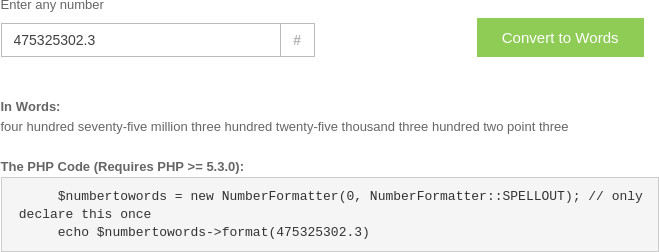I’ve got a customer who used to have an ESET Remote Administrator 6 server, and about 85 computers connected to it. That server was deprecated, but a client task was not initiated to remove the old agent first. So essentially, they ended up with 85 machines with an agent pointing to a dead server.
A new ESET Security Management Center server was deployed, and a new agent installer created. However, because ESET changed the name of the agent, installing the new ESMC agent does not in fact upgrade the old agent. So you either end up with two agents, or just remain with the old one pointing to a non-existent server.
You could go around to every workstation and manually uninstall the ERA agent. But yikes, that’d be brutal. You can’t do it unattended even, because the uninstaller asks for a password.
The customer’s site doesn’t have a password to remove it, so you just push enter. But the prompt still appears.
So I wanted to help them do this via a GPO. After all, what’s the point in having a network if you still have to treat each system as independent?
wmic product get name
This command gives me a list of all applications that can be uninstalled. I ran it on my own system and see ESET Management Agent. I have ESMC 7. I ran it on an older system we have here, and it shows “ESET Remote Administrator Agent”. So I wrote a quick batch file to remove either of those two applications.
You can find that batch file here: https://github.com/Cat5TV/eset/blob/master/uninstallers/eset-uninstall-agent.bat
I figure there are probably various names for various versions of the agent, and I’ll add them as I find them.
ESET is currently evaluating my solution, as their support team says they have been encountering this problem more and more and had yet to come up with a solution. I hope it’s able to help some folks.
Robbie // Bald Nerd

 As we build up
As we build up 